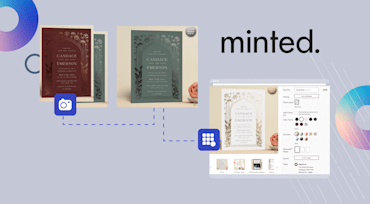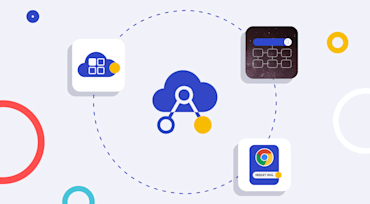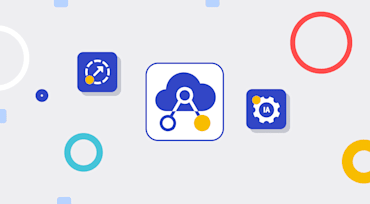When we started our journey in 2012, we were looking to improve our lives as developers by making it easier for us to handle the arduous tasks of handling images and videos in our code. That initial line of developer code has evolved into a full suite of media experience solutions driven by a mission that gradually revealed itself over the course of the past 10 years: help companies unleash the full potential of their media to create the most engaging visual experiences.

When brands like you adopt a direct–to-consumer (DTC) e-commerce approach with no involvement of retailers or marketplaces, you gain direct and timely insight into evolving shopping behaviors. Accordingly, you can accommodate shoppers’ preferences by continually adjusting your product offering and interspersing the shopping journey with moments of excitement and intrigue. Opportunities abound for you to cultivate engaging customer relationships.

No matter your business focus—public service, B2B integration, recruitment—multimedia, in particular video, is remarkably effective in communicating with the audience. Before, making video accessible to diverse viewers involved tasks galore, such as eliciting the service of production studios to manually dub, transcribe, and add subtitles. Those operations were costly and slow, especially for globally destined content.

Shoppers return time and again to Minted’s global online community of independent artists and designers because they know they can count on unique, statement-making products of the highest quality there. Concurrently, the visual imagery on Minted.com must do justice to the designs into which the creators have poured their hearts and souls. For Minted’s VP of Engineering David Lien, “Because we are a premium brand, we need to ensure that every single one of our product images matches the selected configuration exactly. For example, if you pick an 18x24 art print on blue canvas, we will show that exact combination on the hero images in the PDF.”

New year, same trend! Visual media will continue to play a monumental role in driving online conversions. To keep up with visual-experience trends and best practices, Cloudinary holds an annual conference called ImageCon, a one-of-a-kind event that helps attendees create the most engaging visual experiences possible.

With the introduction of the Media Library Extension, a Chrome-browser add-on that streamlines the access to, search for, and management of images and videos, Cloudinary offers yet another effective tool for its Digital Asset Management (DAM) solution. Let’s have a look at how most teams are currently working with media assets and how the new add-on not only boosts efficiency, but also renders the process a pleasure to work with.

In this fast-paced digital world, meeting the content demand for all channels is a daunting challenge for organizations. Cloudinary’s Digital Asset Management (DAM) solution offers a digital-first, AI-powered approach for storing, managing, collaborating on, and delivering optimized content. What’s more, we’re constantly searching for new ways to enhance, augment, and upgrade your software tools and processes so you not only win the “content challenge” but also gain time and resources to focus on important business-oriented tasks.

With building, growing, and maintaining a strong digital presence being a top priority for all brands, high-quality visual content is paramount. In fact, consumers are 40 times more likely to share visual content on social networks than on other forums. Plus, a recent study from Wyzowl found that 84% of consumers made purchase decisions after watching a video, which explains why many brands are adding more and more visual media to their sites.

As website and mobile apps rely more on visual media to create engaging user experiences, delivering strong web and app performance becomes more challenging for developers. The faster your site, the more time visitors would spend on it. Conversely, the slower the site, the higher the bounce rate, and the lower Google ranks it in SEO.

This time of year always brings with it a heavy dose of reflection.
We set big goals for ourselves in 2021 as we continued to navigate our post-pandemic reality—one that hangs on with each new variant. As Cloudinarians, we remained mindful of the effects the pandemic continued to have on us and our customers.
